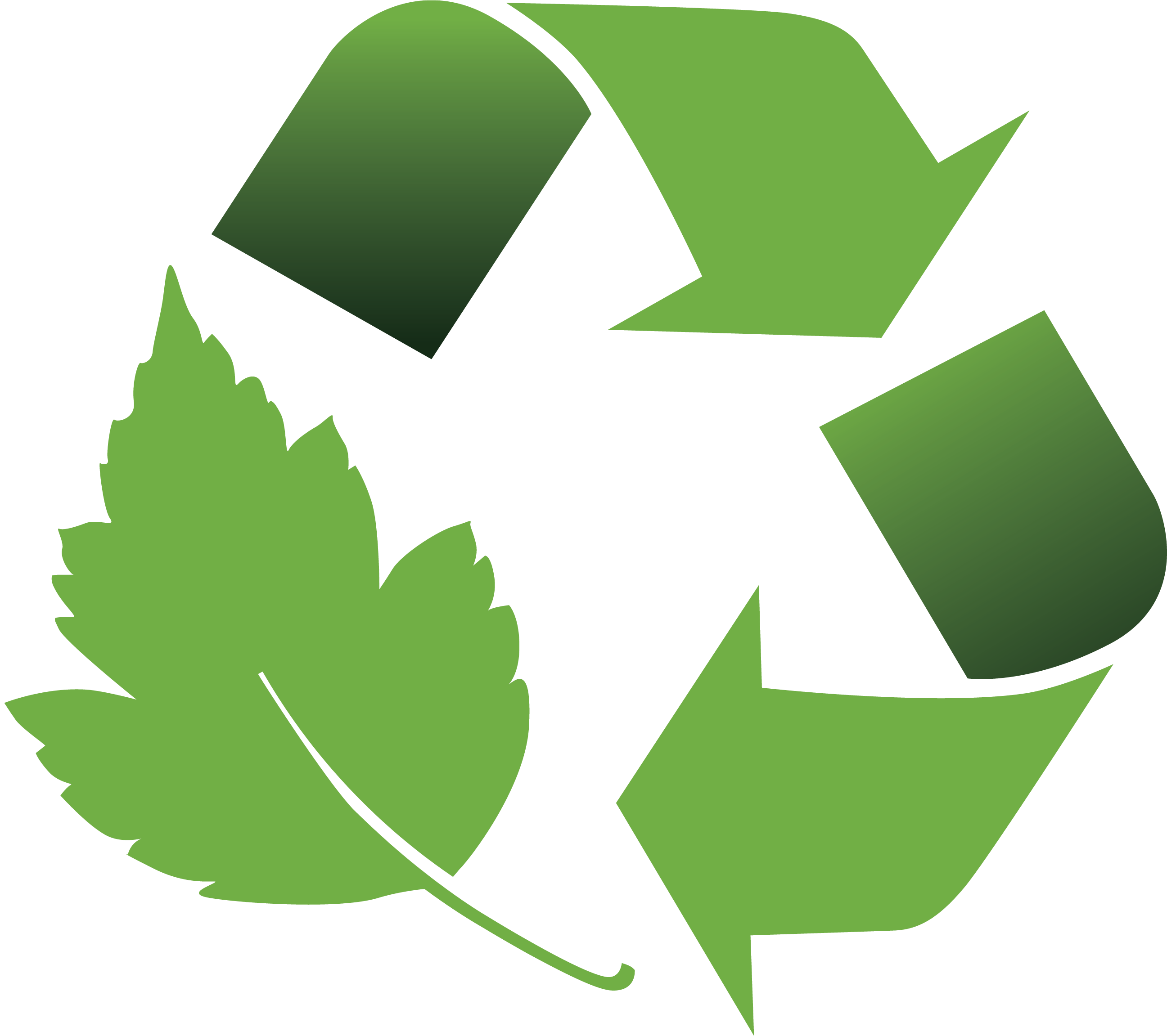How It Works And Why It's Better
 Intercept Technology™
Intercept Technology™
State of the Art Corrosion & Tarnish Prevention
The only anti-tarnish product to win the German Environmental Award
Trade names: Corrosion Intercept®, Static Intercept®
Click here to view test reports, technical bulletins and information
How It Works:
Developed by Lucent Bell Labs to solve problems they were experiencing with tarnish and corrosion, the Intercept Technology™ is a revolutionary product reacting solid-state reactive materials (high surface area copper) into a polymer matrix. These materials react with and neutralize all corrosive gases that contact the film. It provides10 years of protection against corrosive gases per mil of Intercept material. Intercept™ protects ferrous and non-ferrous metals as well as preventing galvanic corrosion.
Metals corrode (tarnish) by reaction with common gases in the atmosphere. These corrosive gases react with both ferrous (iron-based) and non-ferrous metals. However, these gases are the primary cause for tarnish and corrosion of non-ferrous metal (such as silver, gold, tin, copper, brass, etc).
Why It's Better:
Intercept provides the best protection against tarnish and corrosion causing gasses:
- Reacts with and permanently neutralizes corrosive gases
- Can Provide corrosion protection for up to 10 years per mil of Intercept material
- Clean and non-abrasive, will not scratch items it protects (unlike charcoal-based products)
- Leaves no detectable deposit on any product it protects (unlike VCI's)
- Will not harm gemstones like pearls, opals, emeralds, amber, onyx, etc.
- Cleanses trapped air of corrosive gases
- Temperature and humidity independent
- Provides cost savings by eliminating secondary packaging and cleaning operations often required with VCI protection, charcoal protection, or no protection
- Acts as a passive bactericide and mildewcide
- Effective against galvanic coupling (corrosion between joined dissimilar metals)
- Eliminates the need for storage in inert atmospheres Environmentally friendly with substantially reduced landfill time (breaking down into Polymer dust)
- Fully recyclable (meeting tough German recycling laws)
Intercept Technology™ provides effective tarnish & corrosion prevention for the following materials:
- Silver
- Gold
- Copper
- Bronze
- Tin
- Brass
- Magnesium
- Ferrous Metals (Iron and Steel)
The common corrosive gases and examples of how they are produced:
- Hydrogen sulfide (H2S) produced as effluent from pulp mills, oil refineries, heavy industrial and from decaying vegetation.
- Carbonyl sulfide (COS) produced from fossil fuel combustion (such as burning coal, gasoline or petrol, oil, etc.), wood fires and ocean surfaces.
- Sulfur Dioxide (SO2) produced from fossil fuel combustion and from smelting operations.
- Hydrogen chloride (HCI) produced from fossil fuel combustion and from ocean surfaces.
Intercept Technology™ properties and values
Physical Properties Typical Values Test Method
- Thickness 3 mils
- Tensile Strength MD 11.5Lbs/in ASTM D882
- Tensile Strength TD 9.0Lbs/in ASTM D882
- Elongation MD 321% ASTM D882
- Elongation TD 512% ASTM D882
- Puncture Resistance 8.0Lbs FTMS 101, MTH 2065
- Dynamic Coefficient of Friction .27 (on own surface)
- Moisture Permeation 3 g/m2 (40C per 24 hrs)
- Sulfur and Chlorine Permeation 0 cc/m2 (for 15 yrs) DuPont and AT&T Test
- Ozone Permeation 0 cc/m2 (for 15 yrs) DuPont and AT&T Test
- Heat Seal Strength 6.0 lbs/in Instron
Shop all of our Intercept Technology™ anti-tarnish products here.




